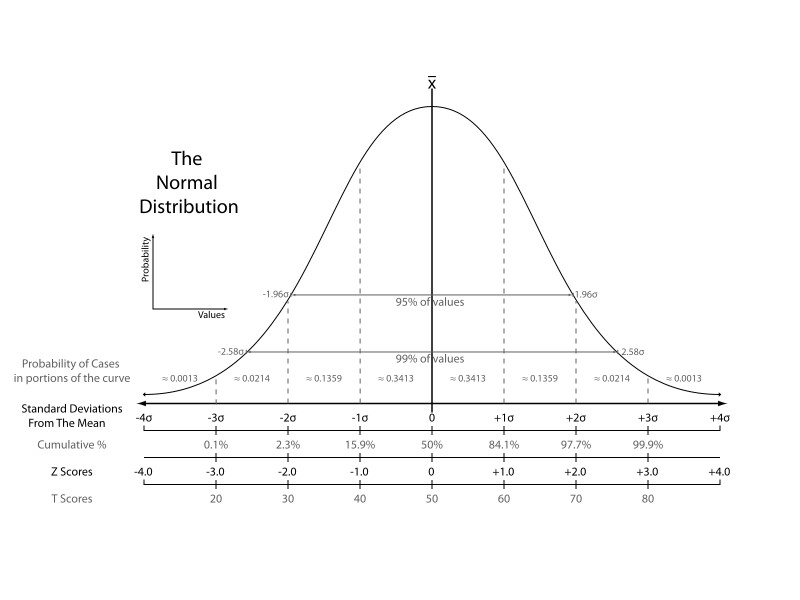infotx@cpt.eurofinsus.com |
(512) 243-6426
When testing a product for antimicrobial efficacy, it is necessary to determine whether differences observed after treatment, or between different treatment groups, are most likely due to the action of the product or to random variation between samples. This is done by performing statistical analyses on the data.
Descriptive statistics, such as the mean and standard deviation, provide a good summary of the data. However, these alone are not enough to demonstrate efficacy of a product. Other techniques must be used to show that any observed effects are unlikely to be caused by chance.
There are several different statistical tests that may be used to do this, depending on the situation. The primary tests used at Vivo Clinical Testing are the paired t-test, 2-sample t-test, and analysis of variance (ANOVA).
A paired t-test is used to determine whether or not there is a difference between paired samples from the same source (such as a "before" and "after" measurement for each subject). This test finds the mean of the differences between the "before" and "after" measurements, and determines whether this mean is statistically significant. A paired t-test would be appropriate, for example, when comparing subjects' baseline microbial flora to counts taken after application of a preoperative skin preparation.
A 2-sample t-test compares the means of measurements from two independent treatment groups to determine whether the groups are significantly different from each other. An example of a study where this test would be appropriate is a comparison of the efficacy of an antimicrobial hand wash on one set of subjects to the efficacy of an inactive control product on another.
If more than two treatment groups are being analyzed, such as in a study with multiple test or control articles, an ANOVA test may be suitable. By analyzing variation both within and between groups, this test will tell you if any of the groups differ significantly from the others. However, it will not provide any information as to which groups, or how many, are different.
If an ANOVA is performed and significant variation between groups is found, a post-hoc test such as the Tukey test may be the next step in data analysis. This method provides further information by allowing you to check for significant differences between the means of any two groups in the study.
When designing a study and analyzing data for the submission to the FDA, the agency's requirements should be taken into consideration. For example, when testing to support classification of an active ingredient as generally recognized as safe and effective for health care personnel use, the FDA recommends that the test product show greater microbial reduction than an inactive vehicle or saline solution (superiority to negative control). Additionally, the test product should show reduction that is no more than 0.5 log10 lower than that achieved by an active reference control (non-inferiority to positive control).
As with any statistical analysis, these methods require multiple test replicates in order to calculate means and demonstrate significance. Eurofins CRL will work with you to determine the appropriate sample size for your study to obtain accurate, meaningful results.
